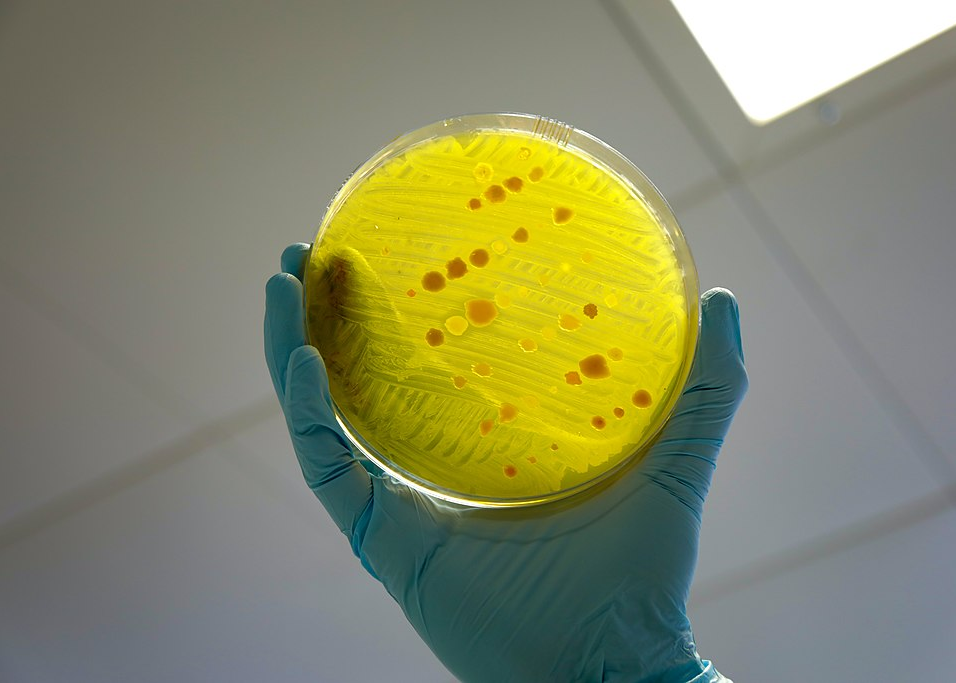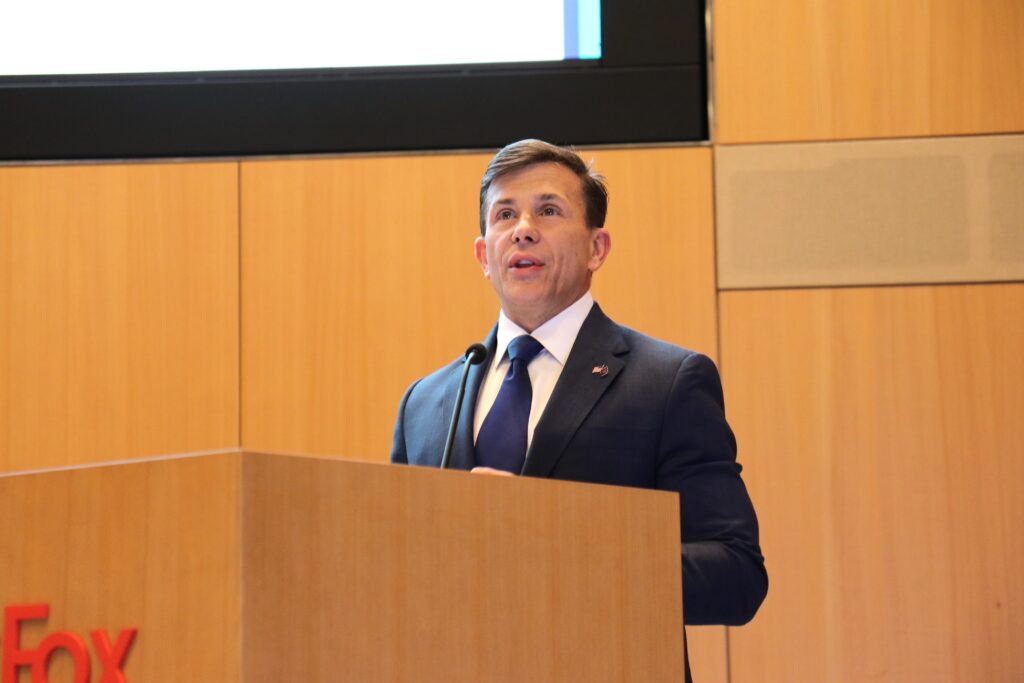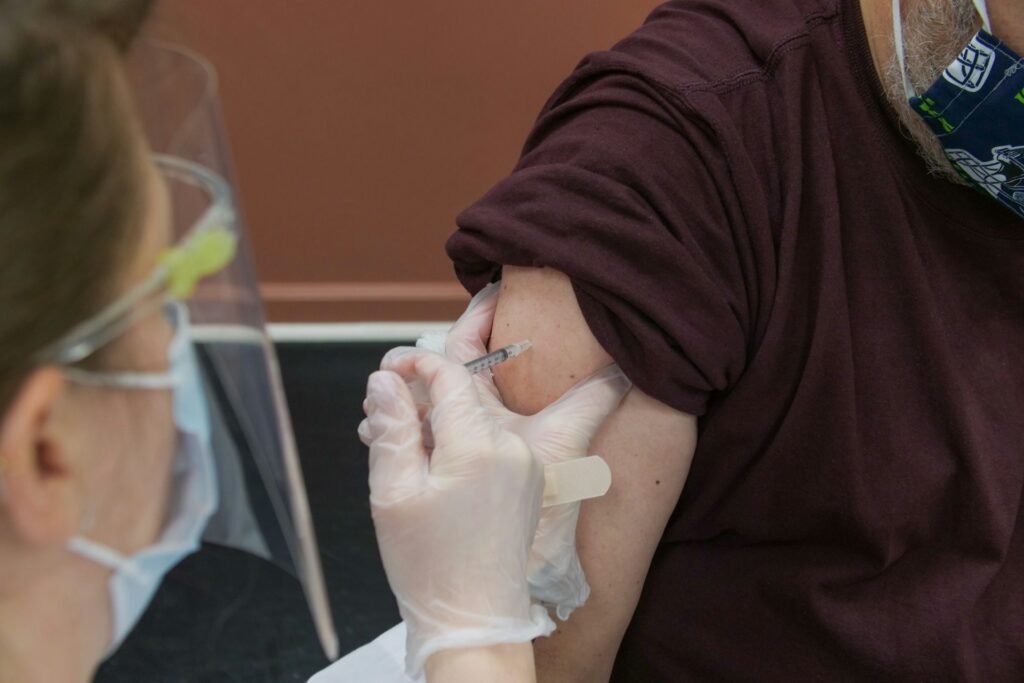Scientists fear the next pandemic could come from antimicrobial resistance, which already causes 2.8 million infections and more than 35,000 deaths in the United States each year, but the threat is not receiving the attention it deserves, panelists at the BIO International Convention said yesterday.
“Antimicrobial resistance is a devastating global health threat,” said Diane Shader Smith, Founder and President of DSS Communications. “Scientists and doctors have been trying to get this issue on people’s radar for quite some time. Yet it has not penetrated the American consciousness the way it needs to.”
Smith moderated a session entitled “The Silent Pandemic: Tackling AMR,” and opened by by relaying the gut-wrenching story of her daughter, Mallory, who died as a result of an AMR-associated infection that she acquired as a complication from cystic fibrosis (CF). Diagnosed at the age of three, she was in and out of mild to extreme treatments for the entirety of her short life.
Smith led a panel that included:
- Michael Dudley, the President & CEO of Qpex Biopharma;
- Colonel (Ret.) Matthew Hepburn, MD and Director of COVID Vaccine Development Department of Defense Countermeasures Acceleration Group; and
- Henry Skinner, PhD, MS, and CEO of the AMR Action Fund.
A tragic story
As Smith explained, her daughter Mallory struggled against a healthcare system where doctors did not listen to her needs and neglected prescribing necessary drugs, and ultimately, she found herself in an unimaginable situation. “When the antibiotic stopped working altogether, Mallory had to get a lung transplant,” Smith said, “but the initial hurdle was finding a center that would take her complicated case. When she finally did. Blue Cross denied her coverage.”
“We were lucky,” Smith went on to say, and with a little finagling, Mallory was able to finally get a transplant. Yet, it was too late. Despite the fact that Mallory was the first patient in the US who was provided phage therapy, a therapy that uses viruses to treat bacterial infections, she ultimately succumbed to her infection and died. “Can’t talk at all,” she wrote, “but so grateful you are all here for the hardest part.”
After her daughter’s passing, Smith went on to commit her life to advocating on behalf of CF patients and in favor of phage therapy. She worked with politicians to support AMR investment, and publish her daughter’s writing which became the book, and subsequent documentary, “Salt in my soul.”
Panel calls for development
Moved by Mallory’s story, the panel took on the challenges of AMR, discussing the frustrating neglect and resultant atrophying of the field of research, the way COVID shone a light on how AMR development could move forward, and next steps to bring AMR research and development to the fore.
“We need to bring the passion that our community now has to tackle pandemics and bring it to AMR,” said Colonel (Ret.) Matthew Hepburn of DARPA. “I’m cautiously optimistic. The world has been affected by the COVID-19 tragedy, but there’s a lot of time for a lot of resources, and we can take what we’ve learned from the pandemic to really be armed with passion and knowledge, but also frankly with the development of effective treatments.”
“The problem is that we haven’t had an investment in antimicrobial research and development,” continued Michael Dudley of Qpex Biopharma. “Over the last 10 years, there was $26 billion put into oncology. But in AMR over the last 10 years there’s only been a $1.6 billion investment.”
Ultimately, the panelists agreed, antibiotics are often over prescribed while R&D is underfunded, and that is a dangerous combination.
“Over the past five or 10 years, without exception, all prescribed antibiotics have been valued much less than the dollars that went into developing them,” said Henry Skinner of the AMR Action Fund, “and a number of companies that developed those drugs have gone bankrupt. They simply don’t exist anymore. That is driving capital out of the market. Venture capital groups invest in oncology, rare diseases, Alzheimer’s, and other areas of high need, but will not invest in the AMR space because there’s no prospect of them making any money—let alone even making back the money they invested.”
“We got to get pharma back in the game,” Dudley asserted. “The problem with investing and supporting these small companies is that they have to be able to exit. Three of my companies got acquired by big pharma. That doesn’t happen very much anymore in the AMR space because there’s no reward system. So in order for us to really be able to get this thing going again, we have got to get pharma back in the game, and the way we get pharma back in the game is to fix the investment reimbursements.”
Waiting hurts patients
But it is not just issues in investment that the AMR space faces, there are also issues on the patient end. The American health insurance system is adding to the AMR problem by waiting patients out rather than allowing them to get the prescriptions they need, or putting them through lower antibiotic runs that could exacerbate an AMR risk, which is not terribly dissimilar to what happened to Mallory, panelists said.
“One of the ways we can help patients is to reform the payment system,” said Dudley, “The sickest patients that are in the hospital are forced to live under a cap payment system, which is the DRG system that was set place in the Reagan administration and doesn’t allow for new antibiotics to be used right away.” Frankly, patients shouldn’t have to earn new antibiotics by first failing on old cheaper ones.
In tandem with improving the insurance and investment systems around AMR, COVID-19 taught us that there are a number of preventative measures that can be taken to help us avoid an AMR related pandemic. “During the COVID-19 pandemic, we did over a million tests a day and made that information publicly available,” said Hepburn. “And as much as we can say that we should have done more testing, that’s still an extraordinary number given where we were before, not to mention that we then had real time data of how the disease was moving, who it was affecting, and how it was changing.”
Hepburn went on to talk about how vaccinations are also going to be a key element to addressing the AMR risk. “Get people on board with pneumococcal vaccinations. That is an easy first step,” he said. “That is another lesson that the COVID-19 pandemic taught us.”




